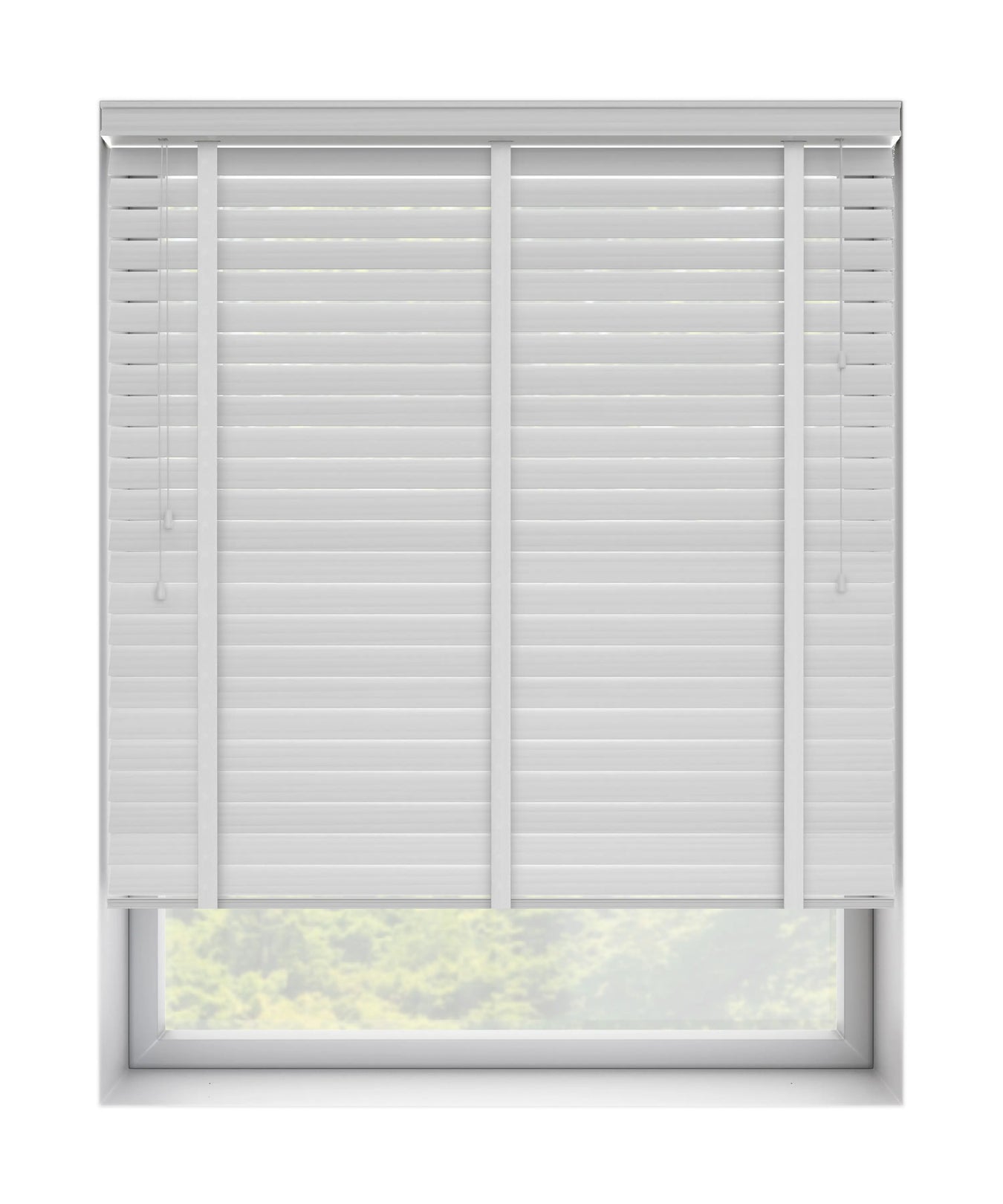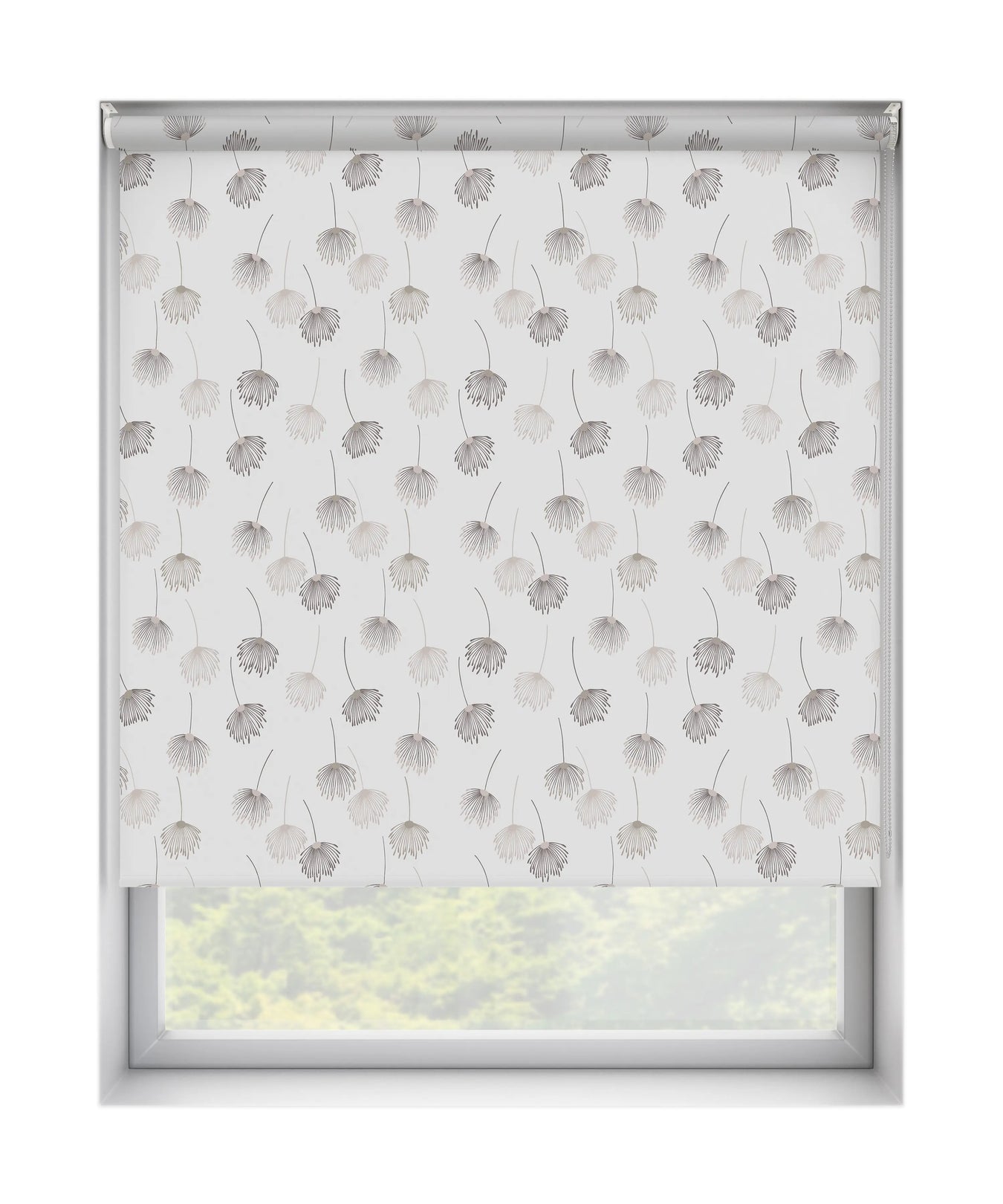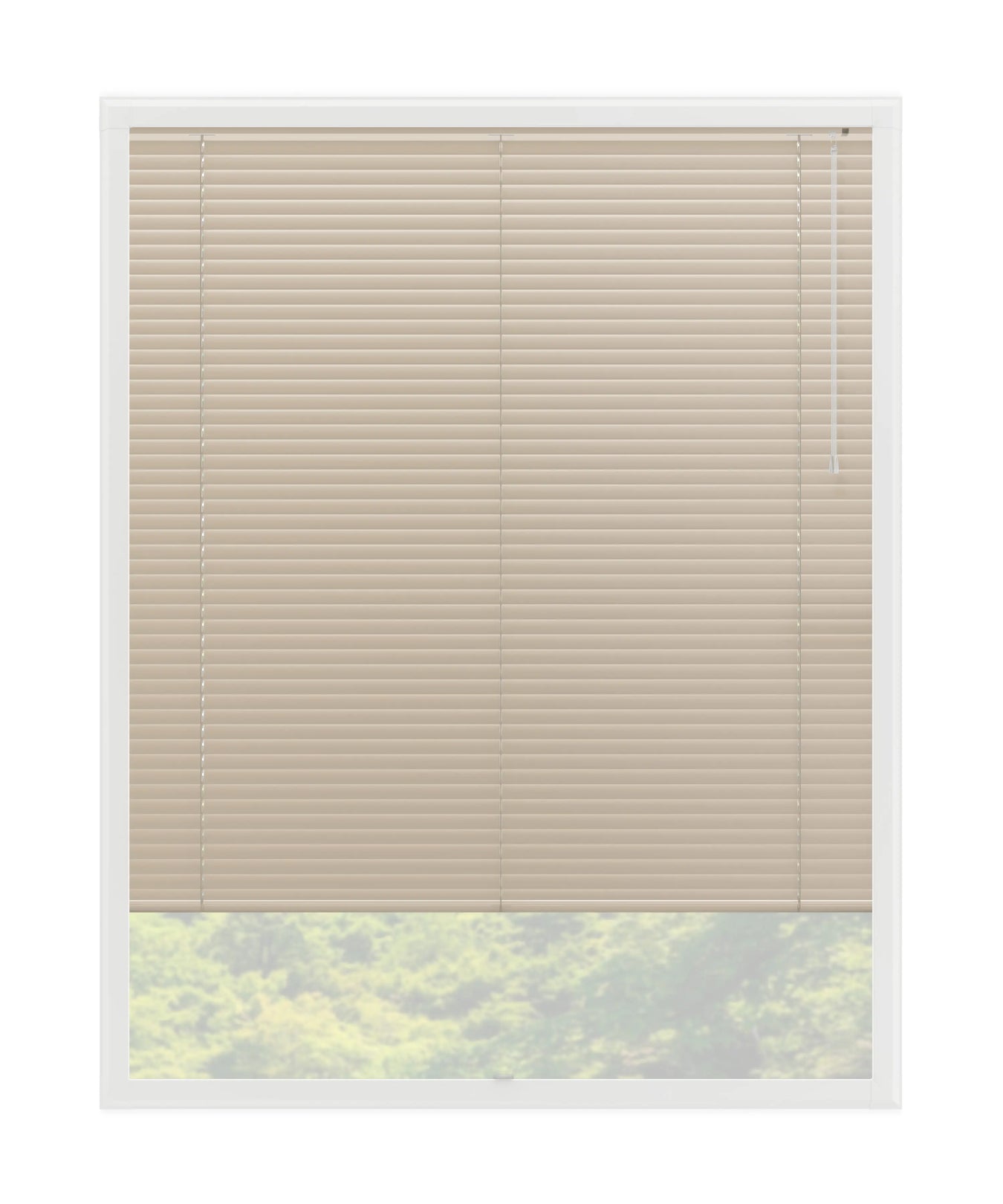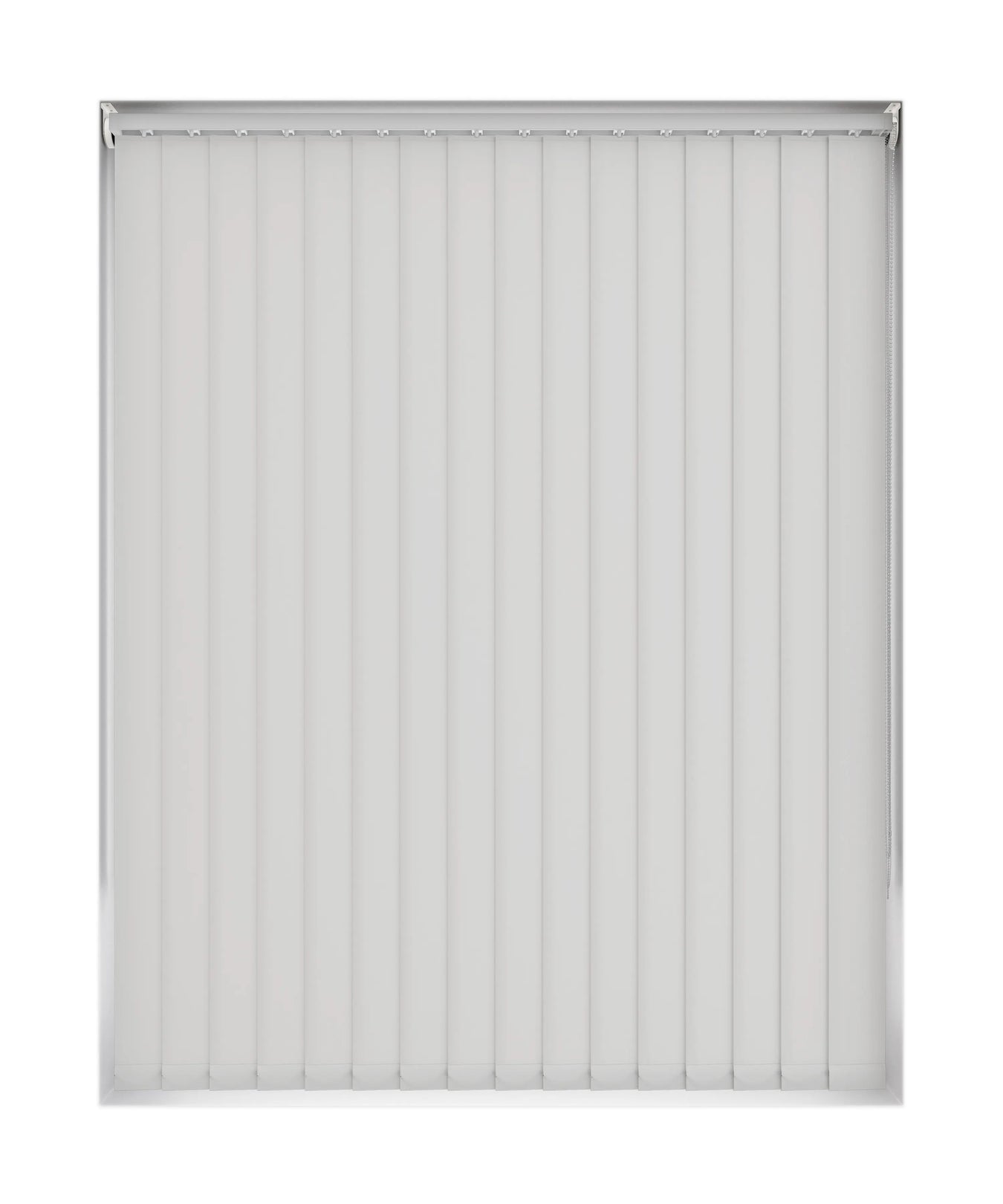
Should Blinds Be Lighter or Darker Than Walls?
Colours can be a tricky decision when it comes to window blinds. Should they be lighter or darker than the walls? It's not an easy answer, as it depends on personal style, the wall colour, and the entire room. A classic design style might suggest that the blinds should match the wall colour, creating a seamless look. On the other hand, a modern feel might require a slight contrast, with blinds lighter than the walls. For a classic look, opt for the same colour family. For example, if the walls are light grey, choose a slightly darker shade of grey for the blinds. If the walls are white, opt for a slightly darker shade of white. For a modern feel, choose a contrasting colour. Black blinds against white walls can create a high contrast look that will make a style statement. If you want something a bit more subtle, choose a lighter shade that is still in the same colour family. When in doubt, opt for a neutral tone. Neutral colours like beige, taupe, and light grey will match almost any wall colour and will make the room feel more open and inviting. No matter what colour you choose, the blinds should always be the same colour throughout the entire room. This will create a cohesive look and will make the focal point of the room stand out. So, should blinds be lighter or darker than walls? The short answer is: it depends. Consider the colour of the walls, the style of the room, and your personal style to choose the perfect window coverings.
Meeting the Challenge of Blinds & Walls
When it comes to decorating a home, one of the biggest challenges is choosing window blinds that both look and feel right. It's important to ask yourself: should blinds be lighter or darker than walls? The short answer is that darker blinds can be a great way to add a modern feel to a neutral room. But it's important to remember that there are other factors at play. Depending on your personal style, you may want to consider lighter or darker blinds, and matching blinds to the wall colour. Window dressings can be a great way to create a focal point in a room. If you opt for a classic design style, you may want to consider materials that are slightly darker than the wall colour. However, if you're going for a more modern feel, you may want to choose blinds in the same colour family as the walls, but in a lighter shade. When it comes to choosing the right colour for your window blinds, it's important to take into account the other elements in the room. Accent chairs, window trim, and other permanent fixtures should all be taken into consideration. Black blinds can make a bold style statement, while white walls and neutral tones can create a neutral space with a seamless look. When it comes to creating the perfect classic look, you may want to consider a slightly darker colour for your blinds than the walls. This will create a high contrast that will add visual strength to the room. If you're looking for a modern feel, you may want to choose a lighter colour for your blinds. This will create a tone-on-tone effect that will make the entire room feel cohesive.
Making the Right Choice for Your Home
When it comes to making the right choice for your home, it can be a daunting task. With so many options available, it can be hard to know where to start. Should blinds be lighter or darker than walls? What colour should window blinds be? Is it better to match the blinds to the wall colour, or should they be a focal point? All of these questions can be answered with a little bit of research and personal style. When it comes to window blinds, shutters, and other window treatments, the short answer is that lighter is usually better. Lighter shades will create a more modern feel in the room, while darker colours can create a classic look. Neutral tones are great for a neutral room, while darker colours can add a high contrast and visual strength to a space. If you’re looking for a classic design style, then slightly darker colours are usually better. Black blinds can make a great style statement, but just what colour should they be? When it comes to matching the blinds to the wall colour, the same colour family is usually the way to go. For example, if you have white walls, then white blinds will create a seamless look. If you have grey or grey walls, then darker colours can create a classic look. Different tones within the same colour family can also be used to create a tone on tone look. If you’re looking to make a statement, then look for fabric samples in similar tones to create a house-matching look. When it comes to making the right choice for your home, the top tips are to consider the entire room, not just the front facing windows. Neutral colours are a great option for a neutral space, while darker colours can make a big difference in a room. Finally, look for permanent fixtures that make a style statement and make the space feel like home.
-
The Minimalist Sleeper Blackout Roller Blind
Original price £0.00 - Original price £243.28Original pricefrom £65.58£243.28Current price from £65.5846% OffDesign The Minimalist Sleeper Colour White Composition Fiberglass core laminated with PVC layered coating Controls Left or Right Cont...
View full details -
The Minimalist Faux Wood 50mm
Original price £0.00 - Original price £260.42Original pricefrom £47.95£260.42Current price from £47.9545% OffDesign The Minimalist Colour White Composition UPVC Controls Tilt Left - Raise Right Features Moisture Resistant Min Width ...
View full details -
Wonderful in White Real Wood 50mm
Original price £0.00 - Original price £308.30Original pricefrom £56.53£308.30Current price from £56.5345% OffDesign Wonderful in White Colour White Composition Basswood Controls Tilt Left - Raise Right Min Width 30cm Min Drop 20cm ...
View full details
Benefits of Lighter Blinds and Walls
Blinds and walls are the two permanent fixtures of any room, and they can make a big difference in the style statement of your space. But should blinds be lighter or darker than walls? This is a question that many homeowners ask when they are looking for the perfect window blinds. The short answer is that it all comes down to personal style and preference. If you're looking for a classic design style, then darker blinds might be the way to go. But if you want a modern feel in your neutral room, then lighter shades are the way to go. No matter which window blinds you choose, it's important to make sure they match the wall colour. This creates a seamless look that will make your room feel complete. You can even choose the same colour family but in a slightly darker shade to create a tone-on-tone look with a subtle visual strength. For a high contrast look, choose a contrasting colour for your blinds. This will create a focal point in your room that can be accentuated with furniture and fabric samples. When it comes to white walls, you can choose a darker colour for your blinds. This will create a classic look with a modern twist. And if you have grey walls or grey walls, you can choose black blinds or a darker colour in the same colour family for a just-what-you-need look. With these top tips, you'll be sure to find the perfect window coverings that will make your entire room feel complete.
Benefits of Darker Blinds and Walls
Darker blinds and walls are often thought of as a classic design style, but they can also be used to create a modern feel in a neutral room. The short answer to the question, “Should blinds be lighter or darker than walls?” is that it depends on the look you are trying to achieve. Window blinds that are the same colour as the wall will create a seamless look that is often desired in a classic style. On the other hand, a slightly darker shade of window blinds can create a focal point in the room and a lighter or darker shade of window trim can provide a high contrast that adds visual strength to the space. If you are looking to make a style statement with your window coverings, try using black blinds or fabrics in a similar tone to the wall colour but in a different shade. If you are looking for a neutral space, try neutral tones or a tone on tone look with fabric samples and personal style. Finally, if you are looking for a classic look, try using white walls and grey walls with darker colours for the house match. This will create a just what you need for a modern feel with a contrasting colour for the front facing windows. For top tips on how to get the most out of your window blinds, remember that lighter or darker colours can make a big difference and that matching blinds to the wall colour can create a classic look.
Importance of Colour Balance
Colour Balance is an important factor when it comes to creating a beautiful and inviting space. It can be the difference between a room that looks complete and one that looks unfinished. The way you choose to balance the colours in your room can make a big difference to the overall look and feel of the space. The first step is to decide what colour you want to use for the walls. A classic style often calls for white walls, while a modern feel may require darker colours. Once you have chosen the wall colour, you can start to look at other elements in the room. Window blinds are a great way to add colour to a room. Consider using a slightly darker shade than the wall colour, or opt for a lighter shade if you want to create a more neutral room. You can also use the same colour family for the window trim and the blinds to create a seamless look. When it comes to window blinds, the short answer is that they should be lighter or darker than the walls, depending on your personal style and the overall look you are trying to achieve. Darker blinds can add a high contrast to a neutral room, while lighter shades can create a tone-on-tone look. If you are looking for a more modern feel, choose a fabric in a slightly darker shade than the walls. By taking the time to consider the importance of colour balance, you can create a space that is cohesive and inviting. With the right balance of colours, you can make a big difference in the overall look and feel of the entire room. Remember, when it comes to colour balance, it's all about finding just what works for you and your space. Experiment with different tones and shades to find the perfect combination of colours that make your house feel like home.
How Lighting Effects Blinds & Walls Colour
Lighting has a major effect on the colours of both walls and blinds. It can make them look brighter, darker, or even create a different colour entirely. Whether you’re looking to make a statement with your window blinds, or just want to make sure everything in the house matches, understanding how lighting affects blinds & wall colour is key. Here are some top tips to consider when deciding just what colour blinds should be. Consider the window blinds you’re using and how they will affect the wall colour. Darker blinds can create a focal point in the room, while lighter shades can make the entire room feel lighter and brighter. If you’re looking for a classic design style, consider using the same colour for both the window blinds and the walls. This creates a seamless look and adds a classic touch to any room. If you’re looking to make a style statement, consider using a high contrast between the window trim, blinds, and walls. This creates a modern feel and adds visual strength to the space. Before making any permanent fixtures in the room, consider getting fabric samples in different tones and colours to see how they look in the space. This can help make sure the entire room feels neutral and cohesive. Lighting can make a big difference in how the walls and blinds look in a room.
Creating a Desired Mood with Colours
When it comes to creating the perfect atmosphere in your home, the right colour scheme can make all the difference. Colour is a powerful tool that can be used to create a desired mood, and to set the tone of an entire room. But how do you decide which colours to use, and how do you make sure that the colours you choose are complementary? When it comes to window blinds, should blinds be lighter or darker than walls? The short answer is that it depends on the look you’re going for. If you want a classic look, you can opt for shades that are slightly darker than the wall colour, or you can go for a modern feel with high contrast window coverings. If you’re looking for a more neutral room, you can go with a tone-on-tone look, where the blinds match the wall colour. When it comes to accent chairs, it’s best to go with a slightly darker colour than the walls, as this will create a visual strength and make the chairs the focal point of the room. For the entire room, you can choose a colour family that you like, and then use different tones of the same colour throughout the room for a seamless look. When it comes to black blinds, it really just depends on your personal style and the look you’re going for. Black blinds can make a bold style statement, but they can also be used to create a classic, timeless look. Just make sure that the black blinds match the other permanent fixtures in your house, like the window trim or furniture.
-
The Dark Blind Blackout Roller Blind
Original price £0.00 - Original price £243.28Original pricefrom £65.58£243.28Current price from £65.5846% OffDesign The Dark Blind Colour Black Composition Fib erglass core laminated with PVC layered coating Controls Left or Right Control Ch...
View full details -
Matt Black Aluminium Venetian 25mm
Original price £0.00 - Original price £206.96Original pricefrom £53.05£206.96Current price from £53.0511% OffDesign Matt Black Colour Black Composition Aluminium Slat Size 25mm Controls Cord & Wand Min Width 25cm Min Drop 15...
View full details -
Midnight Romance Dim Out Roller Blind
Original price £0.00 - Original price £133.18Original pricefrom £65.58£133.18Current price from £65.5846% OffDesign Midnight Romance Colour Black Composition 100% Polyester Controls Left or Right Control Chain Features Moisture Resistan...
View full details
Customising Your Home Using Blinds & Walls
Making a house a home is all about personal style and customisation. Window furnishings such as blinds and shutters are an easy way to make a big difference in the look and feel of a room. But how do you decide if the blinds should be lighter or darker than the walls? Here are some top tips for customising your home with blinds and walls. When it comes to window blinds, the classic design style is to match the blind to the wall colour, but that doesn't mean you have to go with the same colour. If you want to make a style statement, choose a slightly darker shade of the same colour family for a modern feel. Furniture, a focal point, and window coverings can all be used to create a seamless look. When it comes to blinds, the short answer is that they should be lighter or darker than the walls depending on the look you want to achieve. For a neutral room, opt for neutral tones, such as white walls and black blinds, or grey walls and a lighter shade of blinds. For a high contrast, choose a darker colour for the blinds than the walls. If you want a classic look, choose blinds in the same colour family as the walls, but a different tone. The best way to decide is to get fabric samples and hold them up against the wall to see what works best. You may find that the same colour looks too matchy, or a lighter or darker colour creates just what you need for a visual strength. When customising your home with blinds and walls, remember that these are permanent fixtures, so take the time to pick the right colours and tones. The difference between a house and a home is the personal touch, so make sure your blinds and walls match your style and create the perfect space for you and your family.


















